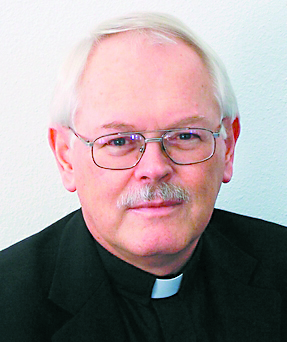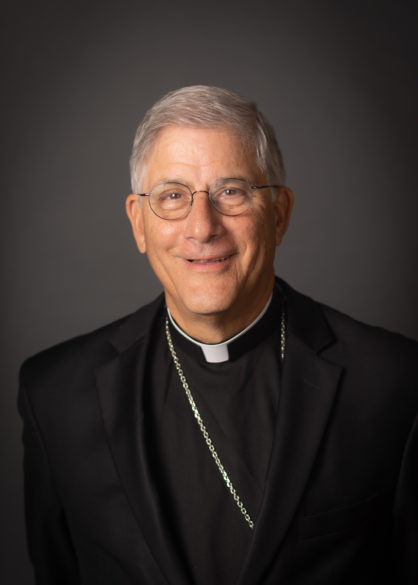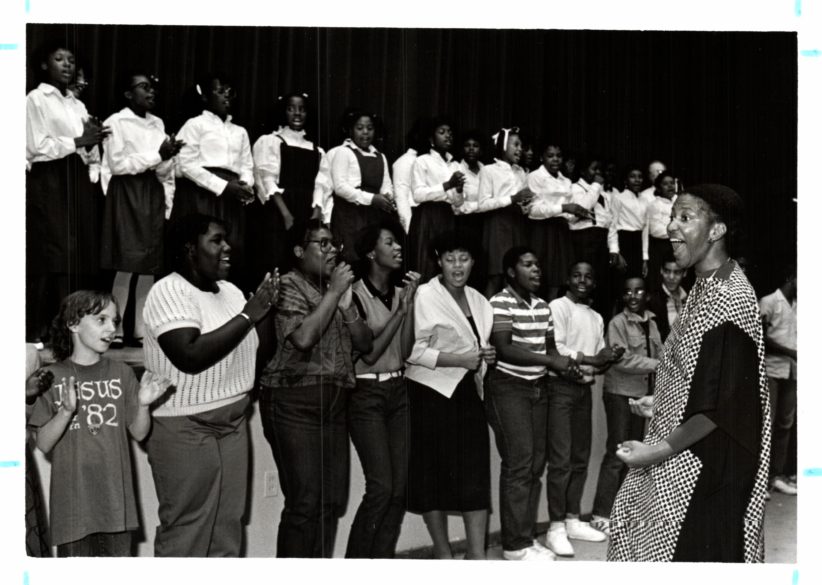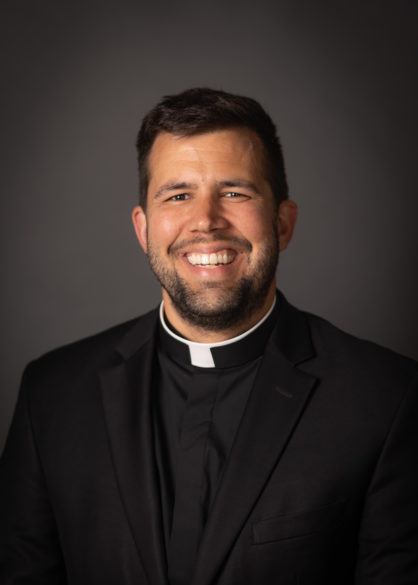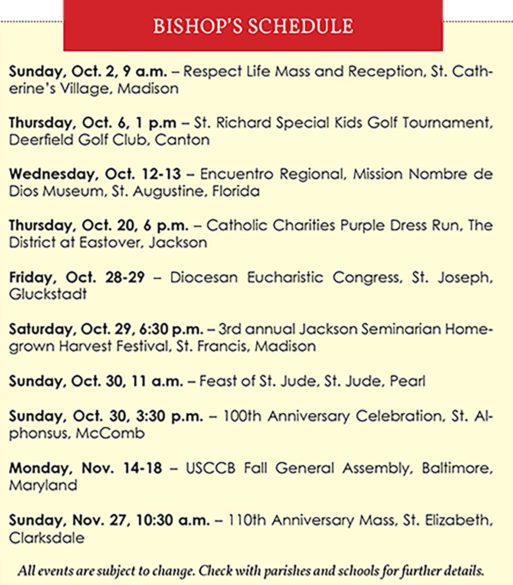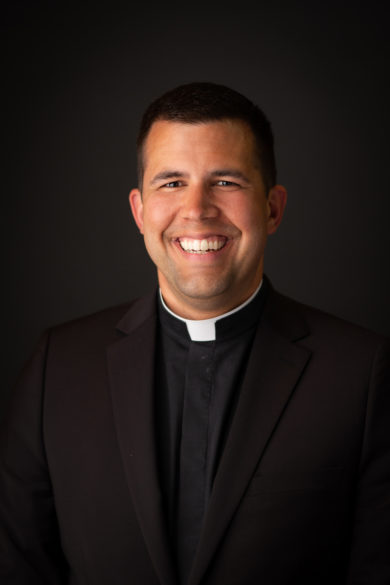Reflections on Life
By Melvin Arrington
Martin de Porres, the first black saint of the Americas, knew bigotry and racial discrimination firsthand. Born in 1579 in Lima, Peru, he was the illegitimate son of a Spanish nobleman and a black woman from Panama. He and his sister Juana were socially stigmatized for being of mixed race. For many years their father refused to acknowledge them as his children, mainly because of their dark skin. Lacking his support, they spent their childhood in poverty.
Discrimination based on race has a long and shameful history. Unfortunately, our country appears in several chapters of that history, with our state comprising an entire chapter of its own. During my childhood, there was no meaningful social interaction between the races, so I was blissfully ignorant of the struggles of people of color.
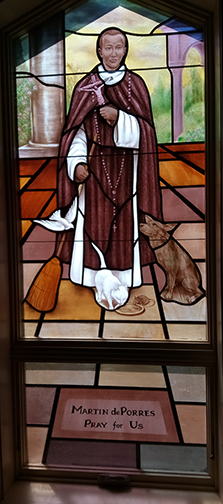
I grew up in the 1950s in the Northwest section of Jackson on a little street off of Northside Drive. This was during the era of separate facilities for schools, hotels, restaurants – everything. And this included housing. There were five houses on my street, all occupied by white families. Adjoining my house, the fifth one, was a huge, overgrown vacant lot functioning as a barrier separating whites from the black families that lived on the other side of it. Families on the two ends of the street didn’t socialize in any way; it was as if they lived on separate planets. I knew there were boys my age who lived beyond that weedy field, but we couldn’t play together. That was just the way things were.
As an illegitimate, mixed-race child, Martin de Porres faced a bleak future because of the way things were during his era. At age 12 he had the good fortune to became apprenticed to a barber-surgeon (a person skilled at bloodletting), an experience that taught him about medicine and how to care for the sick. At 15 he had a vision of Mary, who told him to go to the local Dominican friary and ask to be admitted. He did so, and the Order accepted him as a lay helper, the most he could expect given his color and lack of social standing. In 1603, after serving nine years, he was finally allowed to take full vows as a friar.
Martin worked in the kitchen, laundry, and infirmary and also distributed alms to the poor. Always willing to do any menial chore, he was assigned the task of sweeping floors, earning him the nickname Brother Broom. People also called him Martin of Charity because of his love and passion for service. In addition to devoting much time to caring for the sick and the poor, he founded an orphanage, and took on the task of tending to black slaves brought from Africa, because they had no one to care for them. He even set up a shelter/hospital for stray dogs and cats. Martin never judged a person by his race or social class; in looking at someone in need, he only saw Jesus.
Martin had the gift of healing, sometimes performing an instant cure just by walking into a sick person’s room. Like his good friend, Rose of Lima, he often experienced mystical ecstasy during prayer. Other gifts included the ability to levitate and also to be in two places at once (bilocation). It was said that any room where he went to pray would become filled with light. Another rare talent was his ability to communicate with animals. According to one well-known story, he taught a dog, a cat, and a mouse to eat from the same bowl at the same time.
The beloved Brother Broom died in 1639, surrounded by the Dominican friars. All of Lima turned out to mourn his death. Pope John XXIII canonized him in 1962. His feast is Nov. 3. He is the patron of barbers, hairdressers, black and mixed-race peoples, and social justice. This black saint, who endured the bitter realities of racial prejudice and discrimination and struggled throughout his life to bring diverse peoples together, is also our patron of racial reconciliation.
In Oxford, one of the stained-glass windows at St. John the Evangelist Catholic Church honors St. Martin de Porres. Fittingly, the window was placed in the southeast corner of the building facing University Avenue at precisely the spot where, in the fall of 1962 (the year of Martin’s canonization), U.S. Marshals lined up to begin escorting James Meredith to the Ole Miss campus. After several failed attempts to gain admission to the University, Meredith ultimately enrolled following a night of rioting that left two dead and hundreds injured. All of this bloodshed resulted from the state’s refusal to allow Meredith, an African American U. S. Air Force veteran and native Mississippian, to enroll in one of its institutions of higher learning.
Our state has made much progress since that incident. By way of illustration, here is the rest of my story. In my early thirties, I accepted a teaching position at Ole Miss and moved with my family to Oxford. One day, while having lunch at a civic club meeting, I met an African American gentleman who was a high-ranking administrator at the University. In talking, we discovered we had grown up in the same city and even in the same part of town! When we learned that we had actually lived on the same street, we were shocked! As a child he had lived on the other side of that infamous vacant lot! We had long ago been neighbors and yet, because of segregated housing, we had never met until that day at the civic club. My new-found friend should have been someone I grew up playing baseball with. As a child, we had been deprived of each other’s friendship because that was “the way things were.” Today, when my friend tells our story, he calls it a “Mississippi story.”
St. Martin de Porres, you taught the dog, the cat and the mouse to get along with each other. Pray for us that we might learn how to treat everyone with dignity and respect and live in peace with all our brothers and sisters, regardless of race. Amen.
(Melvin Arrington is a Professor Emeritus of Modern Languages for the University of Mississippi and a member of St. John Oxford.)

